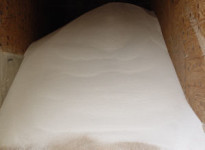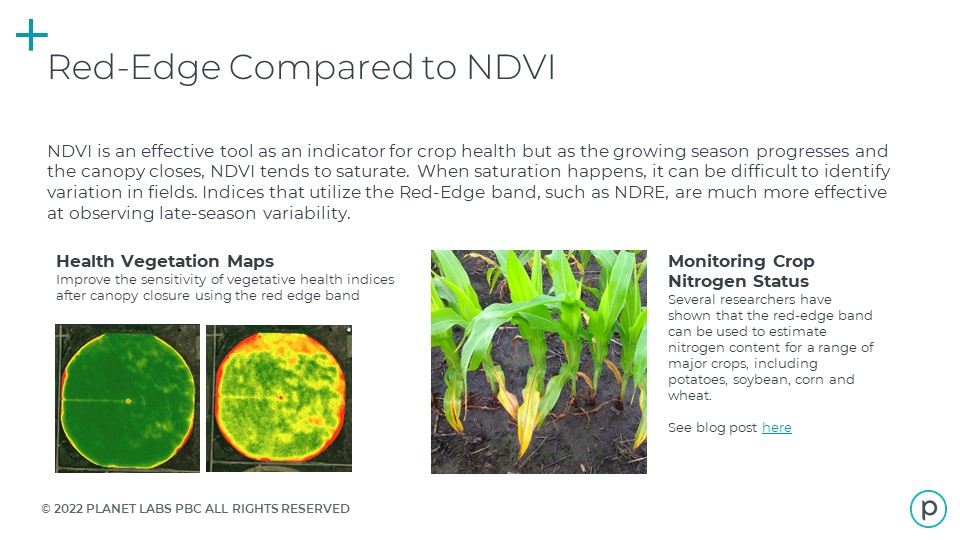PACE Annual Report 2006

1. Biofuels
The good times are expected to roll for the ag retail community as biofuels expansion moves forward. This is projected to have a huge impact on crop selection/input choices as the industry moves through 2007 and beyond. Many new ethanol plants are being built across the country, with 30 new plants opening in Illinois alone during 2006 and another 55 being proposed for construction in the coming year. A few plants are even being built in states outside the Corn Belt such as North Carolina and Washington.
By far the biggest winner among crops with this market shift will be corn, which is needed to supply the many ethanol plants now coming on-stream. Retailers are expecting many of their grower-customers to shift large amounts of acreage in 2007 away from wheat, cotton, and soybeans and into corn as prices improve and supplies tighten. This will have a ripple effect across the entire input sector, with more corn crop protection products, nitrogen-based fertilizers, and biotech corn seed types benefiting the most. Also some companies are developing seed varieties that will cater directly to the biofuels movement.
While the prospects for profitability at the ag dealership are there with biofuels development, the infrastructure to keep this pipeline fed has a few question marks. As some council members pointed out, “going out and growing another 1,000 acres of corn to keep up with demand is not an easy thing to do.” Grain storage also could be an issue and demand for Commercial Driver’s License (CDL) personnel to deliver some of the products within the biofuels pipeline is expected to be high and expensive.
2. Fertilizer
Natural gas prices in the U.S. have finally retreated, but supply remains tight. For the past eight years, demand for fertilizer has outstripped supply in the U.S. market. Globally, big increases in fertilizer demand from countries such as China and India mean many materials once earmarked for the U.S. are being shipped to these markets, which are paying more for the materials than U.S. buyers. At present, approximately half of the nitrogen fertilizer being used in the U.S. comes through imports — and this percentage is expected to keep going up.
Although the numbers for phosphate and potash were down in 2006, both fertilizer types are expected to see increased demand in 2007 as a by-product of the higher demand for corn for the ethanol and animal feed industries.
While demand for fertilizer should improve in 2007, getting it to grower-customers might be a serious concern. In particular, some railroad companies are declining to transport anhydrous ammonia on any of their lines. Since it takes approximately four semi-trucks to equal one railcar in terms of storage space, ag retailers could be facing some serious logistics decisions in 2007. Many retailers are already dropping anhydrous ammonia from their input line-ups and this development could convince several more to abandon the trade in the near term.
3. Crop Protection
During 2006, crop protection products sales declined significantly in favor of seed traits. Retailers are seeing much of the value from this market shift completely to seed sales, which haven’t yet achieved higher margins. Glyphosate seems to be the only active ingredient gaining volume ground, but because of a host of post-patent offerings in this segment, profit margins remain under serious pressure.
With this over-reliance on glyphosate, retailers are seeing more instances of weed resistance than ever before. This is spurring demand for some older chemistries to combat these new breeds of resistant weeds.
4.Seed / Biotech
Many industry insiders view seed as the retailers’ best chance to bring added value to their grower-customers moving forward. The trick will be for retailers to develop methods to build up their seed sales at as quick a pace as their crop protection product sales are falling. This will likely mean dedicating some of their salespeople to devote 100% of their efforts to selling seed.
Triple-stacked seed varieties had a great year in 2006, with many observers reporting 20 to 30 bushel per acre increases compared with traditional varieties. Retailers will probably have more grower-customers looking for these stacked seeds in 2007 to cash in on the higher demand the biofuels movement will have on corn prices.
5. Equipment
The move to limit spray drift is picking up steam once again in the nation’s capital. In 2007, this could mean some new regulations being passed to prevent spray drift damage, potentially impacting custom applicator business. New technologies for individual boom section control could help keep this from being an issue for retailers.
Precision agriculture presents a huge growth opportunity for retailers in 2007, as grower-customers look to improve yields and keep their application expenses in line. Retailers utilizing newer technologies such as automatic steering and advanced GPS systems will most likely be in a position to reap these profits.






